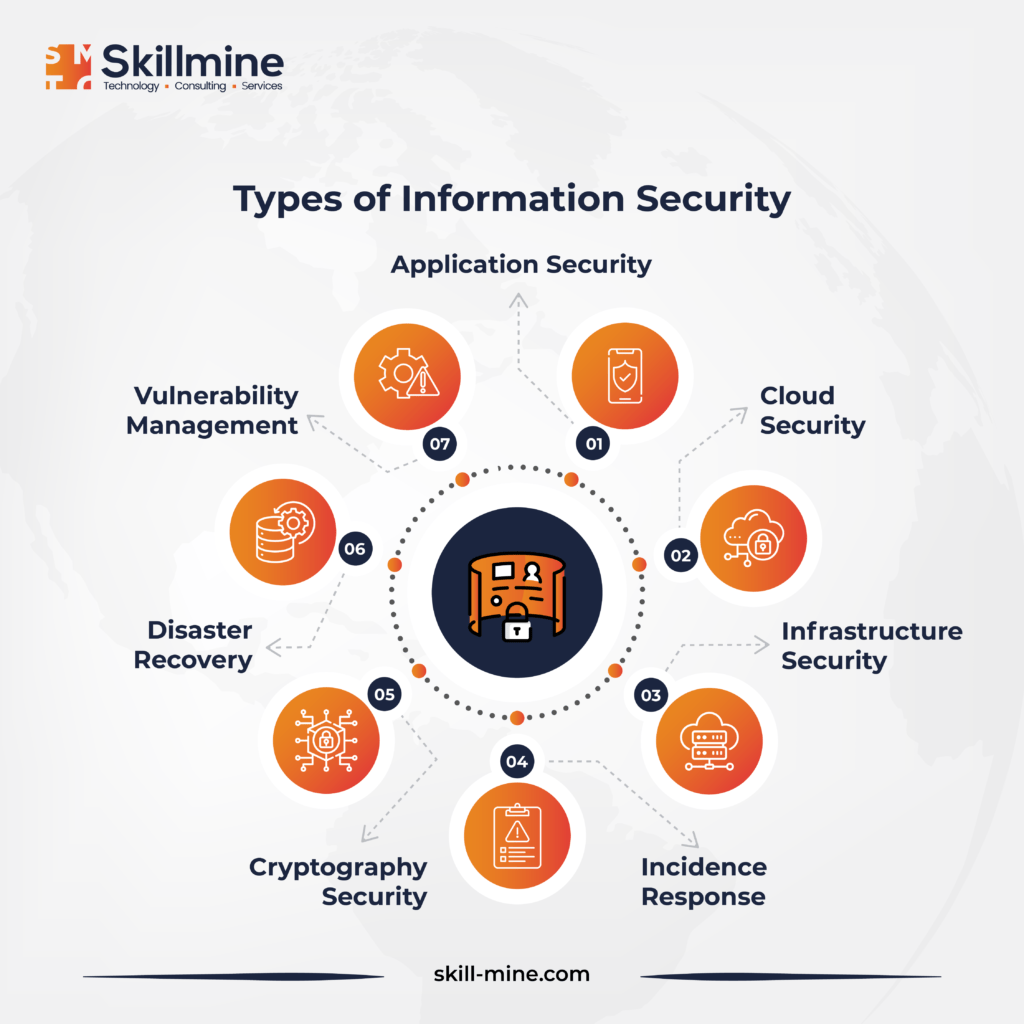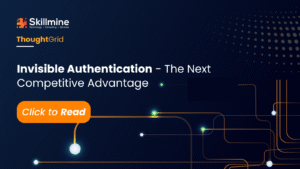Organizations tackling cybersecurity risks are facing a significant hurdle– the prevalence of foundational security misconceptions. These myths lead to inaccurate threat assessments, improper resource allocation, and misguided objectives. Dispelling these misconceptions is essential for crafting a nuanced and effective information security strategy.

Common Myths in Information Security
Cybersecurity is Solely IT’s Responsibility
This is a popular cybersecurity myth. Ensuring your company’s safety goes beyond the IT team’s efforts. It requires all employees to be knowledgeable about risks and policies. While some may assume that cybersecurity falls solely under IT’s jurisdiction, this is not the case. Achieving true cybersecurity demands active engagement from all parts of the business and the establishment of essential protective procedures.
Quantity Over Quality in Cybersecurity
There’s a common belief in cybersecurity that having more solutions equates to better security. However, deploying many point solutions can lead to complexity, fatigue from constant alerts, redundant functionalities, and wasted time as analysts navigate various systems. Technology should support the workforce rather than monopolize their time. Prioritizing the consolidation of the cyber stack and seeking integrated systems should be the focus.
Strong Passwords Provide Adequate Security
Contrary to popular belief, relying solely on strong passwords doesn’t guarantee cybersecurity. While strong passwords are necessary, they are not sufficient. Both phishing attacks and hacks can compromise passwords. Implementing multifactor authentication, which involves multiple authentication elements, is crucial for enhancing security. MFA adds an extra layer of protection, significantly raising the bar for unauthorized access.
Human Behavior Is Not a Critical Component of Cybersecurity
While advanced tools are indispensable, the truth is that human behavior plays a significant role in cybersecurity. Even the most sophisticated systems can be vulnerable due to a single employee’s oversight or lack of training. Achieving comprehensive cybersecurity requires a combination of cutting-edge technology and ongoing employee education.
All Zero-Trust Security Solutions Are Equal
A common misconception is that all zero-trust security solutions offer the same level of protection. Traditional security vendors often mislead by suggesting that perimeter-based firewalls can achieve true zero-trust security. However, these solutions still connect users to the corporate network, expanding the attack surface and enabling access by malicious actors. True zero-trust security is only achieved when trusted users are directly connected to applications and data, bypassing the network entirely.
All Logins Can Be Secured
The belief that “we can secure all logins” is highly misleading and dangerous. Many two-factor authentication solutions can be compromised through social engineering tactics, while malware on a user’s device can hijack active sessions. Recent attacks have highlighted how even a single compromised login can lead to catastrophic consequences, emphasizing the need for dynamic access control to mitigate such risks effectively.
Cybersecurity and Physical Security Are Not Connected
It’s commonly assumed that physical security has no bearing on cybersecurity, but this couldn’t be further from the truth—they are intricately linked. Breaches in physical security can have dire digital repercussions. For instance, unrestricted access to server rooms or careless disposal of company hardware can introduce significant cyber vulnerabilities. Recognizing the connection between physical and cybersecurity is crucial, as lapses in physical security can create pathways for cyber breaches.
Conclusion
While safeguarding a business’s data is paramount, a comprehensive security strategy entails protecting the underlying systems and the networks used to access that data. In many cases, employing a principle known as “defence in depth” is advisable. This approach advocates for the implementation of multiple layers of protection against threats.
It’s essential to recognize that all sensitive and proprietary information requires attention when addressing cybersecurity threats. Businesses are obligated by relevant laws and standards to take reasonable measures to address threats, necessitating an investment level that balances usability with security considerations. Skillmine’s, a leading cybersecurity services company, offers businesses protection against evolving threats, instilling peace of mind and bolstering confidence in their digital security posture.
Looking for expert technology consulting services? Contact us today.





